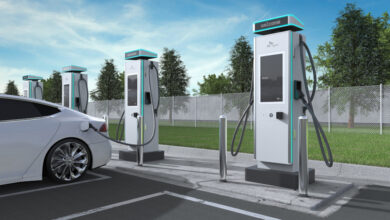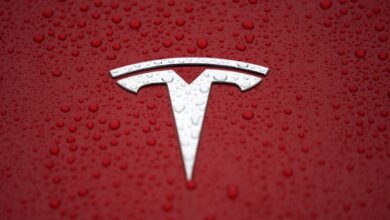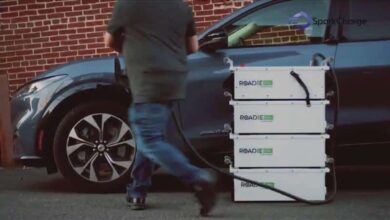Electric vehicles are the future

Concerns have been raised about a slowdown in the growth of the electric vehicle (EV) market but make no mistake the future of automobiles are electric.
Since recording over 100% growth in 2021, the EV market has seen its growth rate steadily decline. While global EV sales growth reached 33.5% in 2023 compared to the previous year, experts predict that it will only hover around the 10% mark in 2024. Reflecting these projections, Tesla’s stock price dropped by nearly 30% in early 2024, and both Rivian and Lucid also experienced declines of over 40% in their stock prices. It is not just EV brands; all automobile companies, including GM, Ford and Hyundai, are grappling with sluggish EV sales. With investments in EVs ramping up recently, the downturn in EV sales is hitting hard.
The slowdown in EV growth is temporary
Internal combustion engine (ICE) vehicles will gradually diminish, making way for EVs. Ultimately, the powertrain of vehicles will transition from internal combustion engines to batteries.
The supply and price of oil, the primary fuel for ICE vehicles, are always volatile. Even in the past year, the price volatility of West Texas Intermediate crude oil exceeded 40%. Brent crude and Dubai crude exhibit similar patterns. Oil-supplying countries are limited, and their political and economic situations are always fluid. We’ve already experienced oil price surges due to conflicts in the Middle East or Russia. The fact that oil reserves are limited also means that we cannot continue relying on ICE vehicles.
Unlike oil, the supply and price of electricity are relatively stable. Electricity prices are easier to control than oil prices. Electricity can be generated not only from coal and oil but also from nuclear power. Recently, there has been increasing diversity in electricity supply, including solar, wind, hydro, and tidal power. Accessibility to electricity production is also much better than oil. Most countries can produce electricity, and governments can regulate and manage it.

Electric Vehicles are simpler to make and their performance is improving
The performance of electric vehicles, which has been lacking, is gradually improving. The efficiency of engines reached its limit years ago. Battery assistance, such as in hybrids, is already being used because further efficiency gains are not possible. However, battery performance still has significant potential for improvement. Research and development on next-generation batteries, such as lithium-metal batteries combining lithium with various metal compounds, or solid-state batteries replacing liquid electrolytes with solid ones, are ongoing. Although more research is needed for commercialization, the performance at the development stage is at least two to three times better than internal combustion engines.
Fourthly, electric vehicles have a much simpler structure compared to ICE vehicles. The number of components in ICE vehicles is roughly over 30,000, while the number of components in electric vehicles is known to be less than 20,000, a reduction of around 37%. With fewer components, production becomes easier and the probability of breakdowns decreases, leading to lower purchase and maintenance costs for consumers. This will increase consumer demand and satisfaction with electric vehicles.
Kentucky should incentivize EV ownershipand charging stations, not add new road taxes
EV is comfortable and more convenient
Electric vehicles are highly convenient. Most electric vehicle consumers consider the advantage of charging at home without the need for gas stations. Of course, charging may take a little longer for long-distance driving, but the inconvenience of refueling is clearly eliminated for commuting purposes. Moreover, within electric vehicles, consumers can enjoy various forms of entertainment using the battery’s electricity, such as watching movies or playing games, and there is convenience in using various electronic devices even when camping.
Electric vehicles offer comfort. Electric vehicles are free from the vibrations and noise of engines. With the disappearance of various components and fuel tanks related to propulsion, the space can be solely utilized for consumers. Additional cargo space such as trunks can be created, and passenger space can be significantly expanded. It is also possible to utilize the space beyond mere transportation as a resting and working space by adding new features like refrigerators or tables.
EVs are an essential step on the road to making autonomous vehicles
We need to prepare for the era of autonomous vehicles. Our goal is freedom from driving. To realize autonomous vehicles, electric vehicles are essential. To implement various functions and control capabilities for autonomous driving and ensure safety, sufficient power is required. Additionally, electric devices like motors and sensors are much more advantageous than engines for quick control through software and stable operation.
Ultimately, we can only be confident that the future of automobiles will be electric. Of course, there is one precondition: Batteries. With advancements in batteries, we can achieve safety, convenience, comfort and freedom from driving in transportation.

Byoungkyu Park is a quality manager at BlueOval SK Glendale Plant



